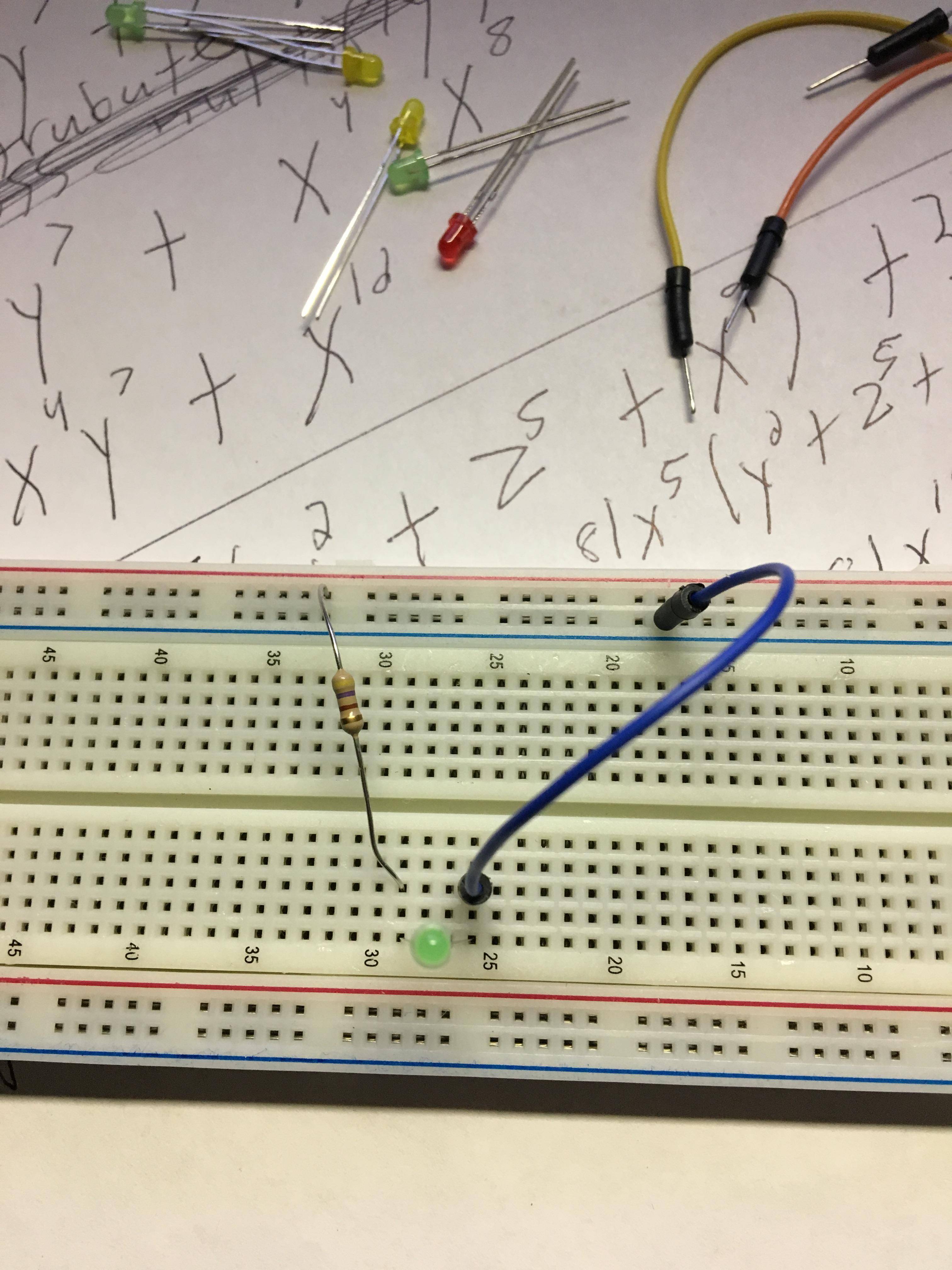Please be kind as I am fairly new to electronics. Anyways, from what I read on multiple forums the rules are fairly straight forward, but I am puzzled as to why my led burnt out. So I connected the led with the resister and a 9V battery. My resister is 470 ohms. Led is 20 mAH with a 2v drop I think. Anyways, it was working fine with resister on breadboard going from the positive end of the led and then other end of resister going to the power (+) side of the breadboard. Then I went to see how I can make it different but still follow the same rules for my big project, which is multiple leds on an ugly sweater. Anyways, when I went to have a wire go from the positive end of the led to the power side of the breadboard and then placing the resister (both ends) on the power side of the breadboard, it burnt out my led for some reason. I want to know why this matters as it seems like it is still the exact same circuit. Also, as a side question, I can have as many leds as I want going to the resister but I lose time it will run on a single 9v battery right?
Good:
Bad:




